The optimal choice of hypothesis is the weakest not the shortest.
Shared with Dropbox.
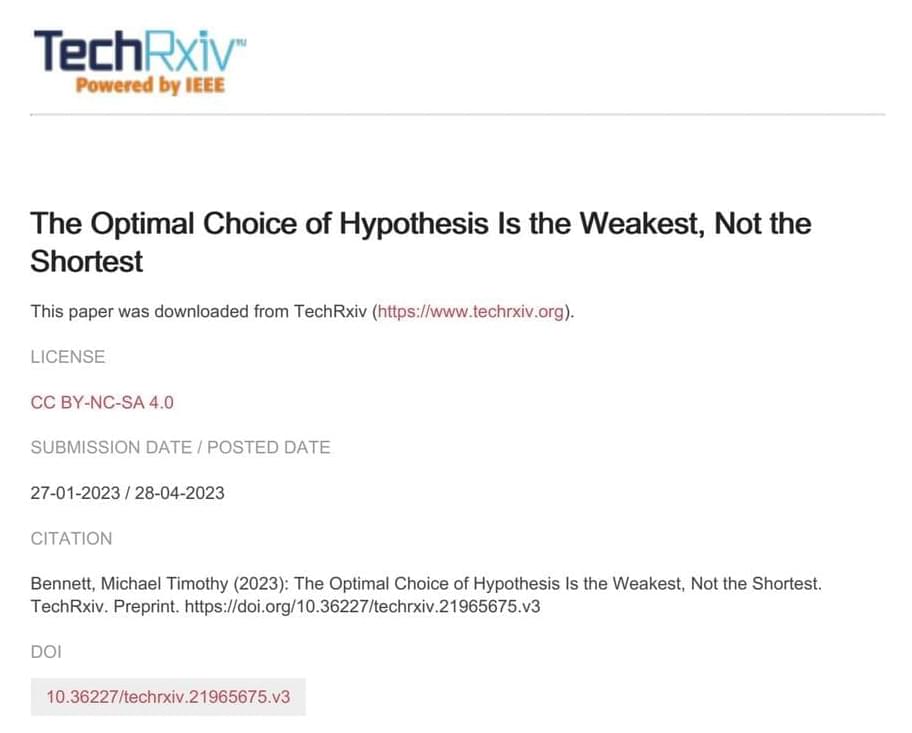
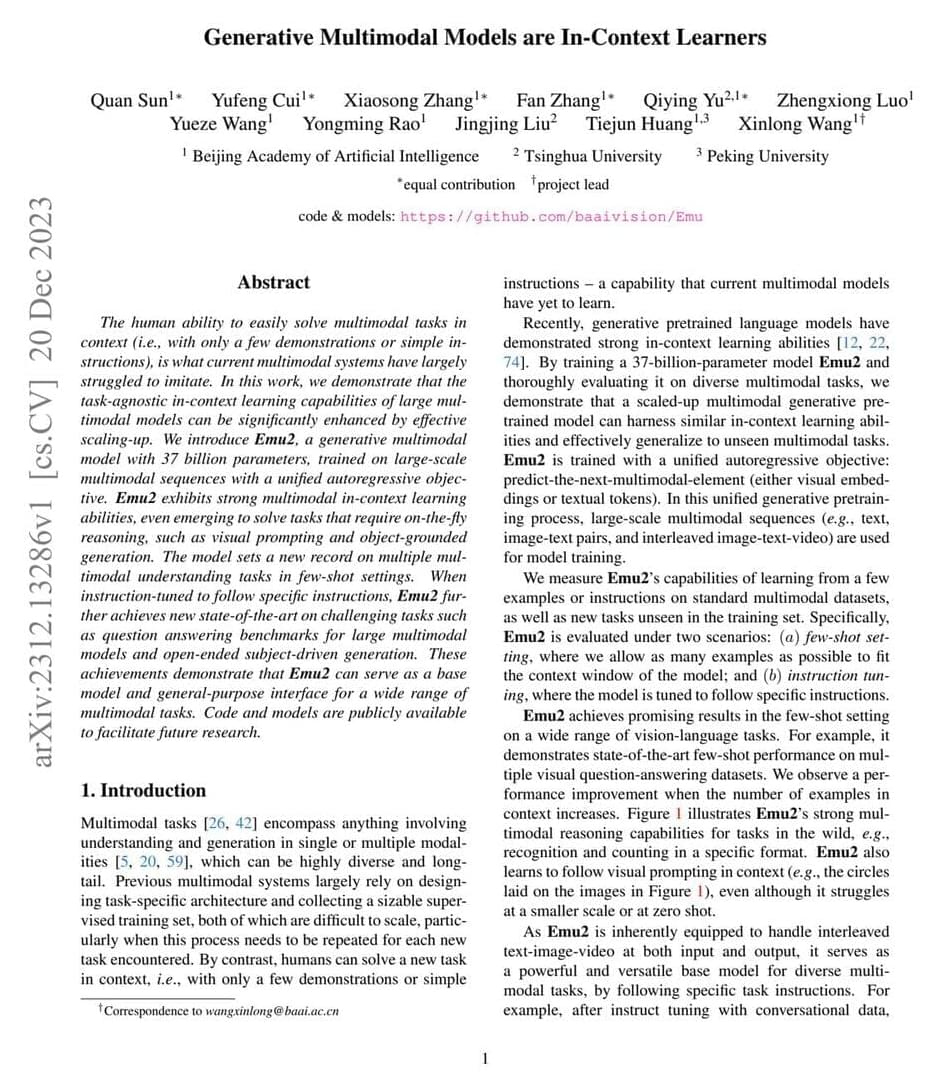



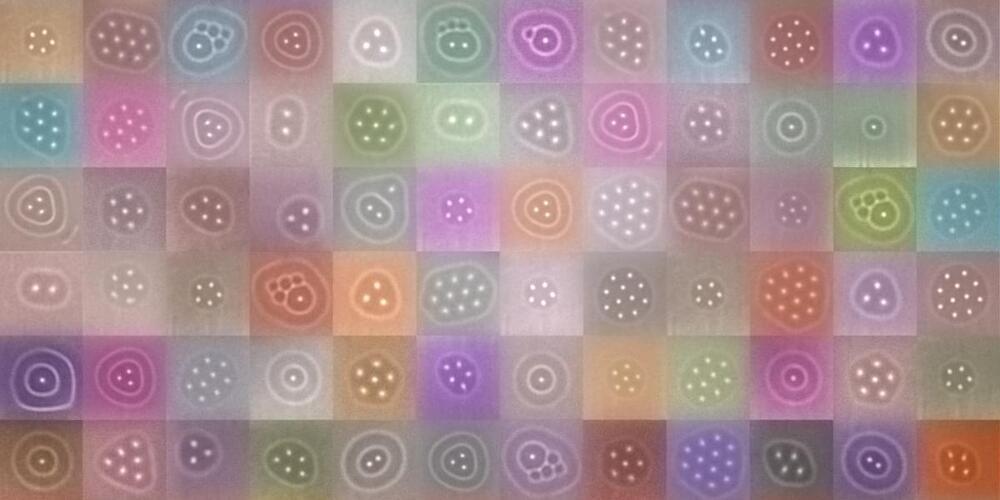
Tesla executives revealed new features and information about the Cybertruck, highlighting its durability, off-road capabilities, and customizable features, with a focus on inductive charging and wide market appeal.
Questions to inspire discussion.
What new features were revealed about the Cybertruck?
—The Cybertruck can act like a boat, withstand hail, and has wireless charging.
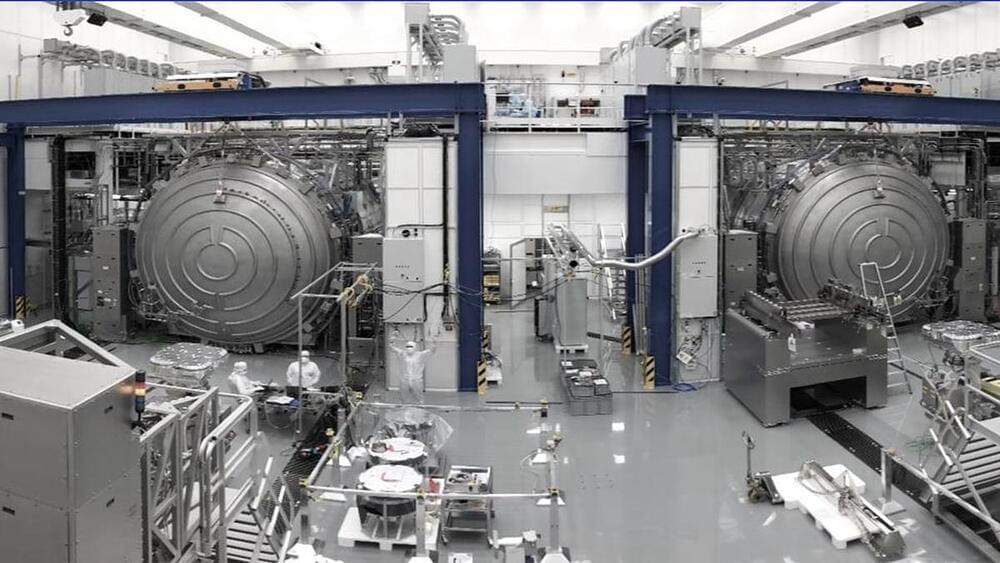
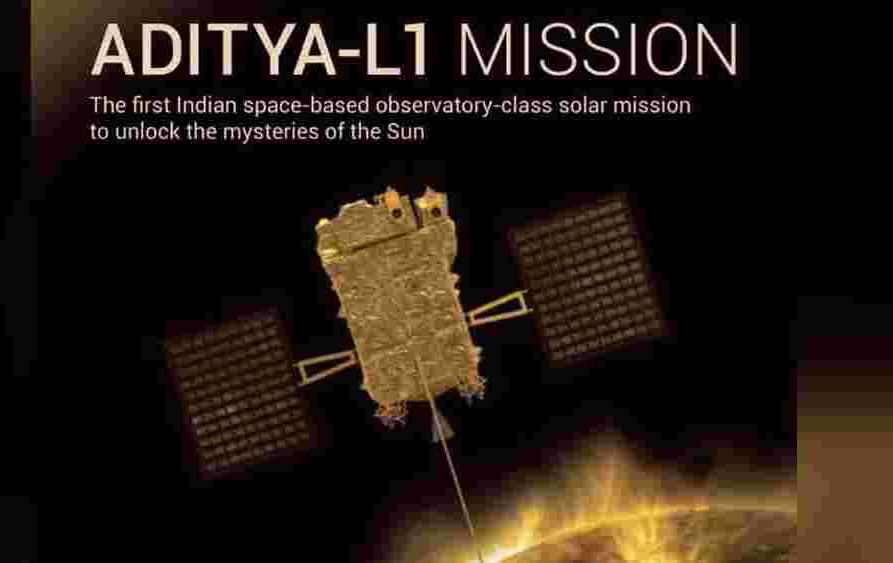
Aditya-L1, India’s first mission to study the Sun, is set to conduct a complex manoeuvre that will insert it into the halo orbit around Lagrange Point 1 (L1) — considered to be the most significant of the Lagrangian points for observation of the Sun.
The insertion into L1, a point of gravitation equilibrium between the Earth and the Sun, is a critical phase of the mission that requires precise navigation and control. According to scientists, the meticulous process involves ensuring that the spacecraft maintains its trajectory to successfully enter the halo orbit.

Shirriff’s blog goes into a deep dive with a look inside the HP PHI chip, its construction, and die. He even examines its logic gates, first-in-first-out buffers (FIFOs), and address decoder. Please check out the blog for all these finer details and more.
In conclusion, the computer historian echoes our initial thoughts that this silicon-on-sapphire IC is “interesting as an example of a ‘technology of the future’ that didn’t quite pan out.”
Shirriff also contrasts late 70s era processors built on silicon-on-sapphire vs regular silicon in terms of energy consumption and clock speeds. Would you be surprised to hear that silicon-on-sapphire ICs were far superior using these metrics? Things might have panned out differently if these transparent ICs had been mass-produced at better yields and lower manufacturing costs. A frightening statistic highlighted by Shirriff is that HP’s silicon-on-sapphire yields were a mere 9%.